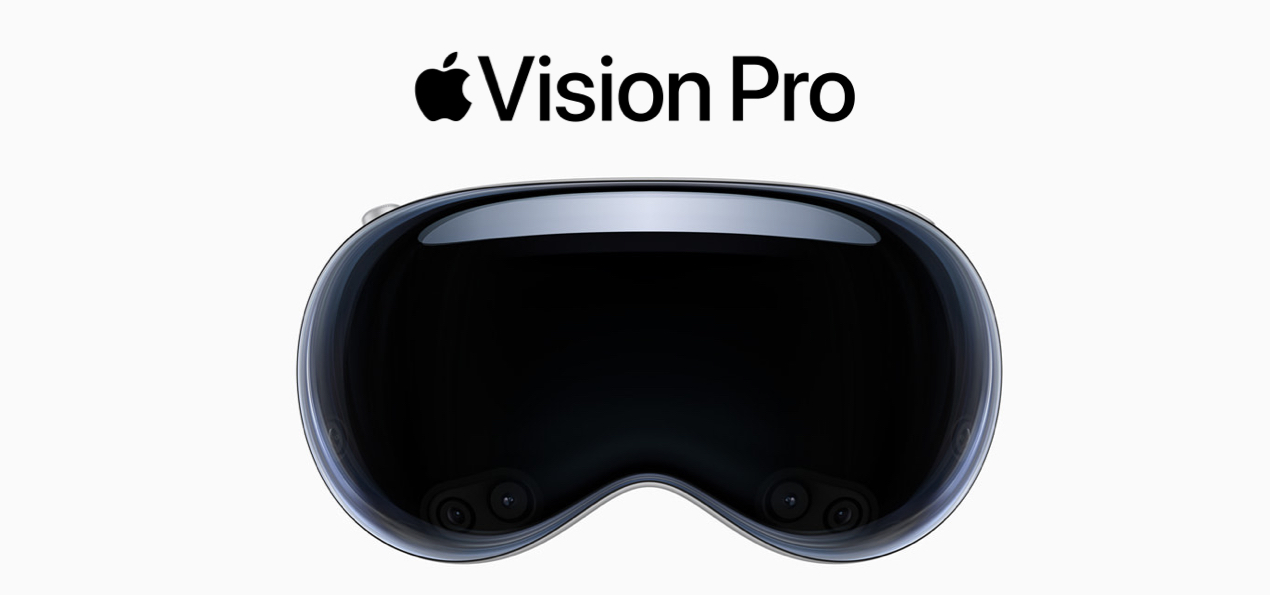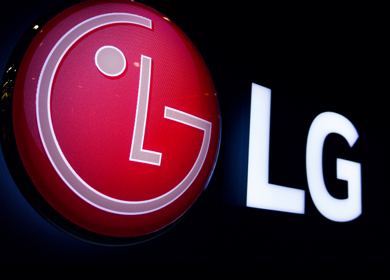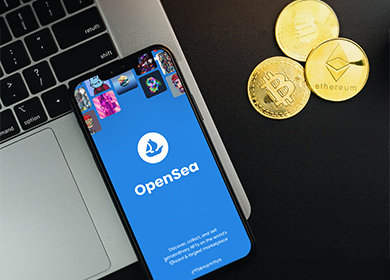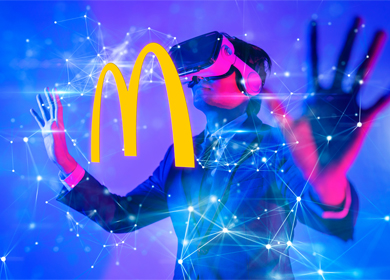Vision Pro from Apple – VR for the rescue?
Published: June 06, 2023

It is finally here! Apple has unveiled a device that everyone has been waiting for, for almost a decade. The extended reality headset called the Vision Pro!
The Vision Pro was launched at Apple’s annual developer conference WWDC.
This device has the potential to unlock immersive experiences for all kinds of brands ranging from content creators and game developers to companies that are productivity-focused. The Vision Pro is an AR device primarily – but it can switch between augmented reality and a far more immersive experience.
Despite all the fanfare and hype surrounding the Vision Pro and Apple’s announcement, it must be noted that Apple hasn’t really used either the word “metaverse” or the phrase “virtual reality” anywhere!
Also the headset will be available only next year and will cost a whopping $3,499 a pop.
But there is a bunch of stuff that marketers can do as they wait for the actual launch.
- Brands can commit to research and development – while everyone waits for the headset to be launched (this was only an announcement), brands can spend time in some quality R and D to see how they can change their assets from mere 2D interfaces to an immersive 3D experience.
- Brands can build Vision Pro native apps – Apple has announced that hundreds of apps will be available on the headset – but all of them are not native apps, but compatible ones. This is like iphone apps can be used on an ipad. This is a great opportunity for brands to develop apps that will be native to the Vision Pro – which means these apps will thrive on the 3D technology that the headset offers.
- Brands can build immersive experiences for their audiences – the plethora of possibilities that the headset offers, is something that all brands must pounce on and take advantage of. Apple talked of the opportunities it will open up for gaming and entertainment. But there is so much that brands can do to give their customers an amazing ARified immersive experience. And apart from this, brands need to find use cases for the possibilities that this Vision Pro will make possible,
- Brands now have a new advertising space – Advertising and marketing can be on a whole different playground now. Ordinary 2D websites can now be transformed into branded experiences. With so much attention on metaverse and augmented reality, consumers will almost expect experiences on a different dimension when they engage with a brand. And marketers and brands need to be ready with ads in this space – ads that will truly work in this space. And since this is new territory for them, brands need to study it and then come up with ads that will pop using this new technology.
Is the Vision Pro for metaverse what ChatGPT did for AI? AI exploded on the scene thanks to ChatGPT which just hit it out of the park. Is the Vision Pro its corresponding fulcrum for the metaverse? Apple hasn’t said so yet – but we just have to wait and see.
The possibility is real! The Vision Pro could make possible all kinds of new experiences that would interest customers to a large extent. Digital avatars was talked about as a feature of FaceTime inside the device – where the headset would create a 3D version of the user’s face which is what the others will see while doing video communication. In all fairness, Apple does not seem to like the word Metaverse – in fact they are vocal about their dislike for it. Apple says ‘spatial computing’ instead.
There are the down sides to this – the headset is expensive, is rather unwieldy and also do not have any obvious uses for it in the real world, except for entertainment and games. Tourism and retail may have uses for it. Done right, virtual reality marketing presents great opportunities for businesses to promote their brands, drive sales, enhance customer loyalty and increase retention. VR creates a real immersive environment that plays on multiple senses of a user – which make it very attractive and engaging.
VR enables brands to reach out and connect with their audiences in a way that traditional media like TV and magazine ads can’t. With customers’ needs and their expectations changing constantly, new and emerging tech like VR can help brands address their customers’ expectation and changing outlook. They can use VR to tell their story better, create unforgettable experiences for their customers, make advertising and marketing fun, and present their offering in a way that has not been done before.
It might be the perfect way to let your customers take your virtual products out for a virtual spin, and then buy the real thing. Using VR, as brands, you will be able to build immersive worlds that can create memorable experiences for your target audience which can help convert them into warm leads or loyal customers.










Be the first one to comment.